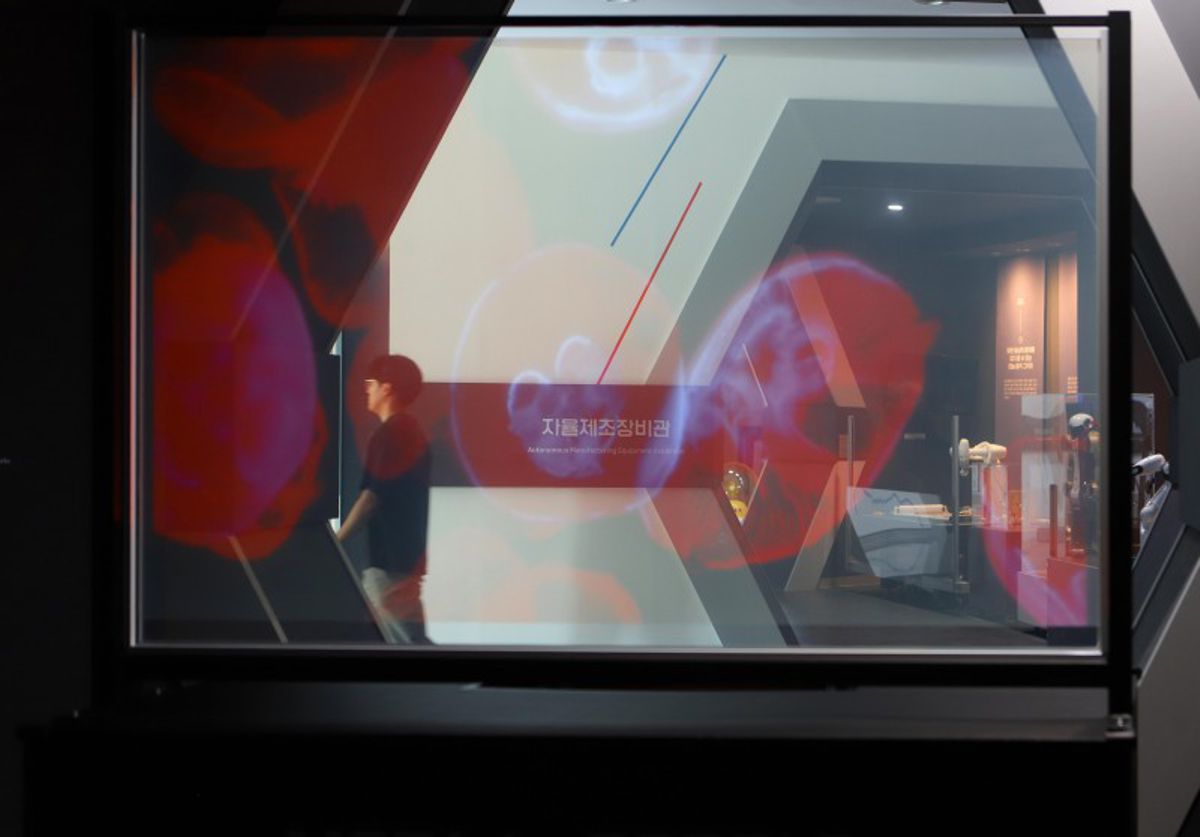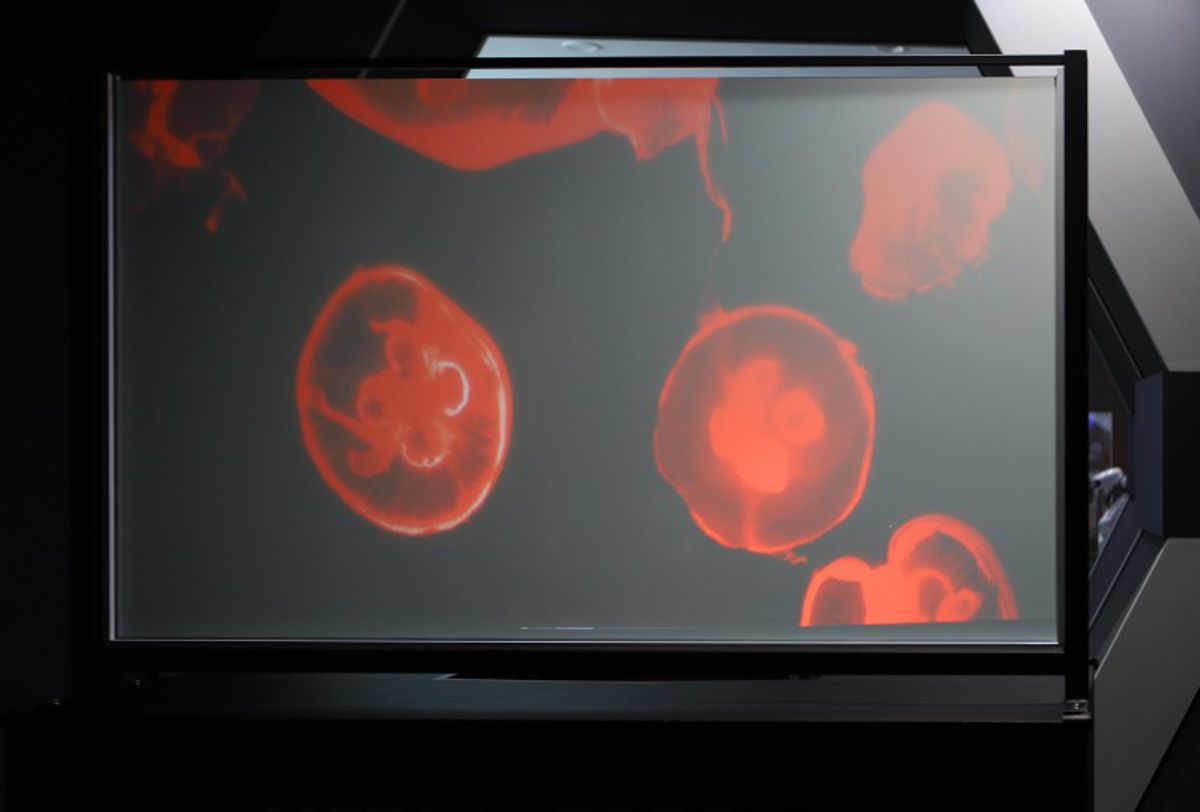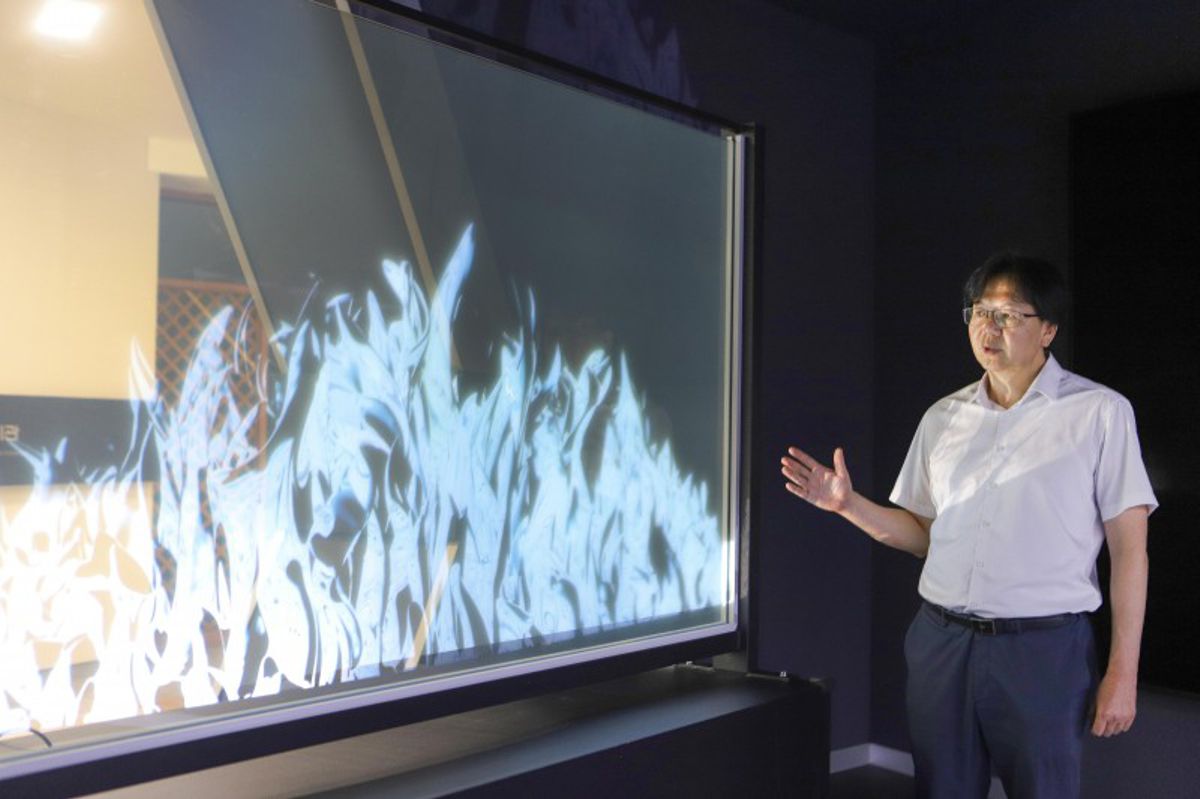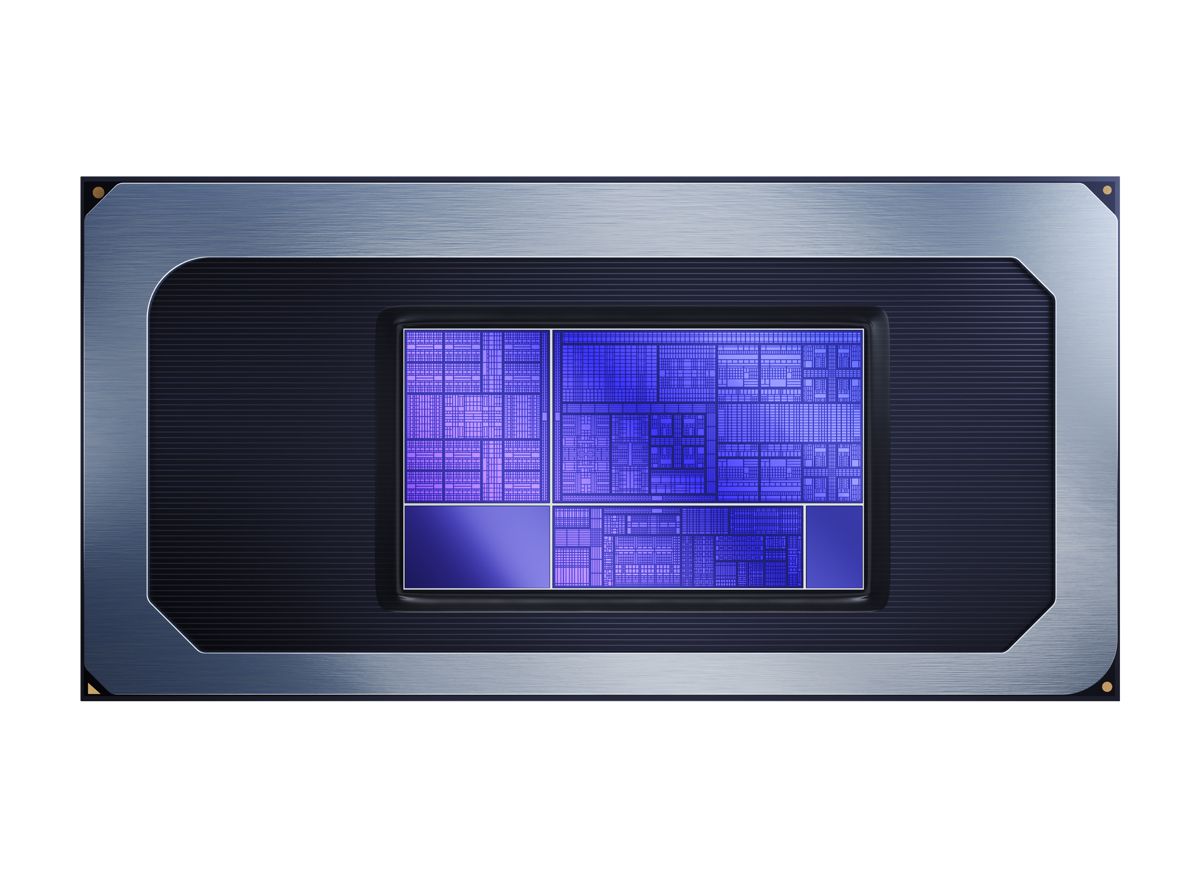Ultra-large and Rugged Nano Transparent Screens set for Mass Production
For the first time in the world, KIMM has developed and commercialized a 100-inch super-sized nano transparent screen that can be installed indoors and outdoors
A groundbreaking 100-inch or larger super-sized Nano Transparent Screen(NTS) has been developed and commercialized for the first time in the world. This innovative screen can adjust its transparency according to the environment and can be produced at a low cost, paving the way for the widespread adoption of large transparent screens, which until now have been prohibitively expensive.
The newly developed screen is expected to find applications across various products, such as transparent displays in department stores and supermarkets, smart windows for buildings, and versatile transparent displays suitable for both indoor and outdoor promotional uses.
The research team led by Principal Researcher Jun-Ho Jeong of the Nano-lithography and Manufacturing Research Center of the Korea Institute of Machinery and Materials (President Seog-Hyeon Ryu, hereinafter referred to as KIMM), an institute under the jurisdiction of the Ministry of Science and ICT, and Meta2People (Representative Director Joon-Won Ahn) has succeeded in the commercialization of a 100-inch large-sized NTS whose transparency can be freely adjusted depending on the information provided by the surrounding lighting and images.

The NTS was installed in the outdoor space of the “Youth Mall” located in Chungju in June, and will be disclosed at the International Nano Technology Exhibition, also known as “Nano Korea 2024,” which is the country’s largest nano technology convention at KINTEX in Ilsan.
The NTS developed by the KIMM is composed of a film as thin as a human hair, made by evenly dispersing titanium dioxide (TiO₂) nanoparticles, with a diameter of 100 nanometres, inside the film. When light is emitted from the beam projector to the NTS, a very wide and clear image, at a viewing angle of 170 degrees, can be viewed together with the scenery beyond the transparent screen. Therefore, the video on the screen is visible to the viewers from every angle.
The NTS developed by the KIMM’s research team can be overlapped with a Polymer Dispersed Liquid Crystal(PDLC) film. When the brightness of the ambient light requires adjustment or when detailed images need to be projected, the transparency of the PDLC film can be lowered to produce clearer images.

The price of a conventional 100-inch transparent Organic Light-Emitting Diode(OLED) screen is over KRW 100 million, which is too expensive for general consumers to afford, while transparent Light-Emitting Diode(LED) has not been widely used due to its low resolution.
NTSs can be mass-produced through a roll-to-roll process, they can be supplied to the market at around 10 percent of the price of transparent OLED screens. These screens are also capable of producing clear images without loss of resolution by using the highest resolution beam projector. Additionally, the characteristics of NTS s related to light rarely change in high and low temperature environments, making it possible to manufacture 100-inch or larger transparent screens in the form of light-weighted and flexible films.
As NTSs are not affected by adverse weather conditions such as extreme cold or heat waves, these screens are suitable for indoor as well as outdoor installation.

Principal Researcher Jun-Ho Jeong of the KIMM, commented: “The technology for manufacturing NTSs is a cutting-edge, innovative technology created through the combination of nanomaterials and nanomanufacturing technology with existing IT technologies.” He added: “Going forward, we will focus on research and development to continuously improve the quality of NTSs and lead the popularization of transparent screens.”
President Seog-Hyeon Ryu of the KIMM, remarked: “This research is substantially meaningful in that the KIMM has successfully commercialized its technology jointly with a research institute spin-off company established through the KIMM’s investment of its original patented technology.” President Ryu, also said: “We will continue to devote ourselves to the development of technologies that can contribute to the development of national strategic technologies and also to the revitalization of local economies.”



















